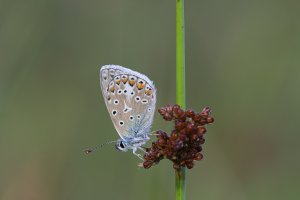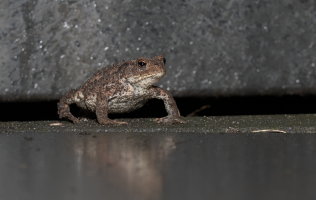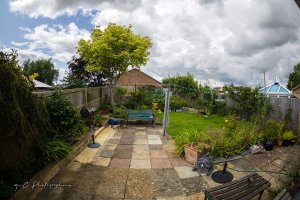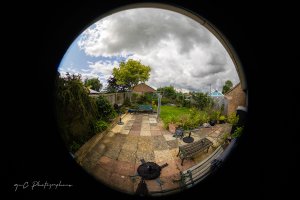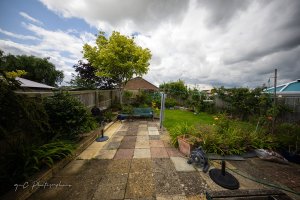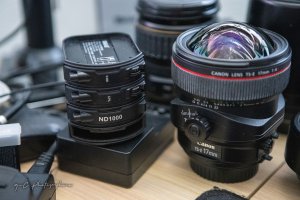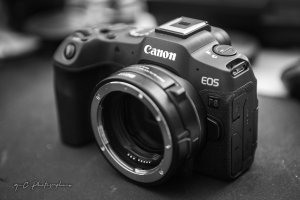It’s not 1:1 macro, but shots of butterflies on stalks can be great at f/2.8 when framed properly.
A shot like this, but framed slightly wider. The below is at f/8 because I didn’t trust my framing enough. RP+EF180L.
View attachment 209652
Hey, that's a really nice photo, good one.
[EDIT: Now I think from the photo title that it was 180/3.5? I wrote the following assuming it was 100/2.8 and don't have time to re-write.]
OK, I see your point, macro COULD work at f/2.8. I'll to even further and agree maybe that picture is better at f/2.8 than f/3.5 or f/4. And if you're focus stacking f/2.8 could be usable for almost any subject though it'd be a lot more slices than smaller apertures...
Still, 1) as you say, it's not true macro, more like 1:2 or 1:3? So not quite what I was talking about. I was thinking more true macro at which point f/2.8 at 180mm might not even capture the bug's wings and eyes at the same time.
2) With macro you have a lot of control over the environment, and can literally kick down plants in the background if they're too in-focus. So even, for the sake of argument, f/4 would have made the background too in-focus here, you weren't stuck with that particular background...
3) What's the focal length in your example, 100mm? If so it's a 36mm aperture (100/2.8=36mm, the width of the "hole" that let enters). Shallow DOF doesn't come from the f-stop, but rather this optical aperture in mm. For instance 85/1.2=135/2=200/2.8=300/4=400/5.6 almost exactly in terms of DOF, at a given subject distance. Look at 400/5.6, then switch to 85/1.2 and crop out the central 21% (linear) of the image, and the bokeh would look almost exactly the same. So, if you're using 180mm, you'd get that same short DOF at same distance at about f/5. (180/36=5). (All this math is in theory as macros famously change focal length a lot as you focus close, and transmission lowers a lot too, though both are features of the lens design that aren't published specs. On old school lenses you could calculate, when the entire set of lens groups move but not on internal-focus designs.) I spoke rudely and further inaccurately to say f/2.8 was never useful, but I was thinking of 180mm, the focal length under discussion, and your image could be duplicated pretty closely with a 180/5 or certainly 180/3.5.
4) I also didn't come right out and say it but f/2.8 probably isn't NEEDED, a) in part again because at 180mm even f/5.6 DOF is practically nothing at closer than 1:2, b) in extremis you can alter the background, c) macro subjects that are slow enough to photograph often are very still indeed so shutter speed isn't a problem, d) IS should let you go down to 1/30 even when hand-holding macros, e) ISO on the R5 can go up to 2000 without showing notable noise, f) if you absolutely have to you can use Gaussian blur if there's too much DOF, or de-noise processing if ISO is set too high.
Again, sorry to have spoken so rudely and categorically.

